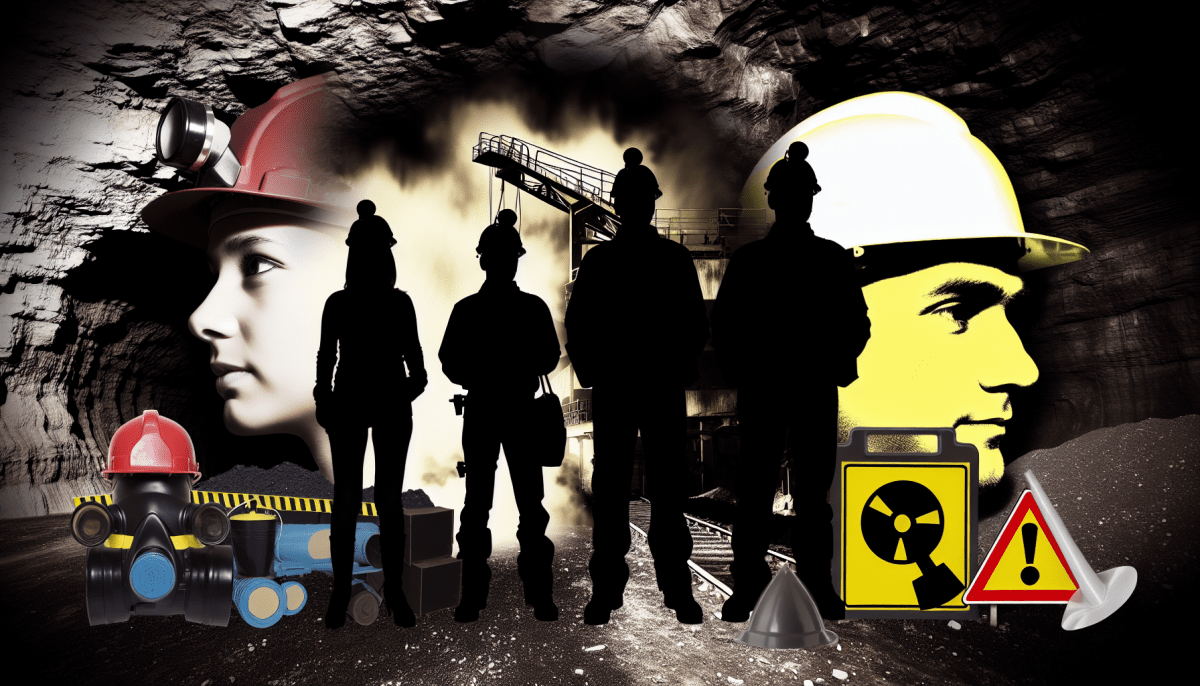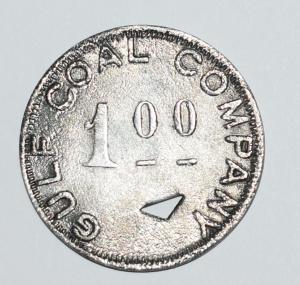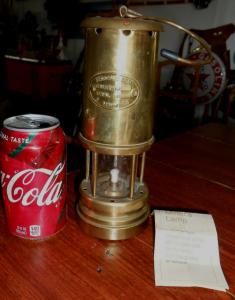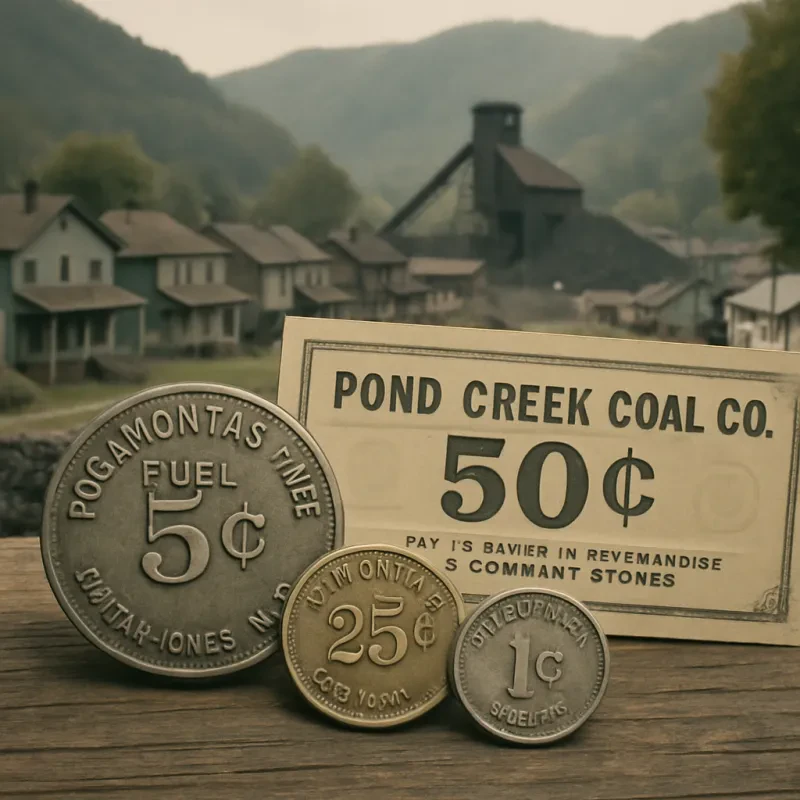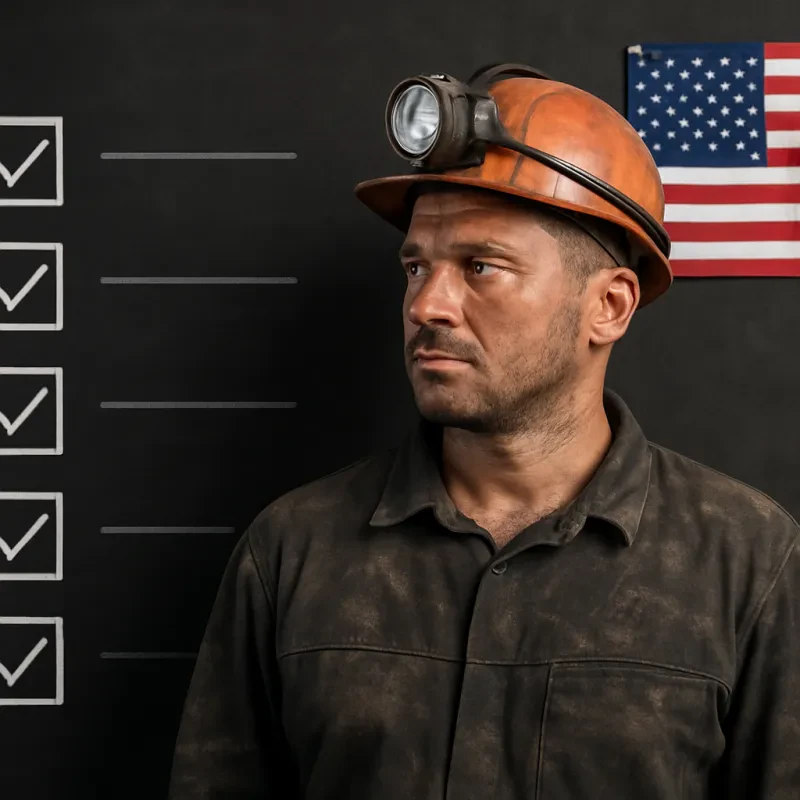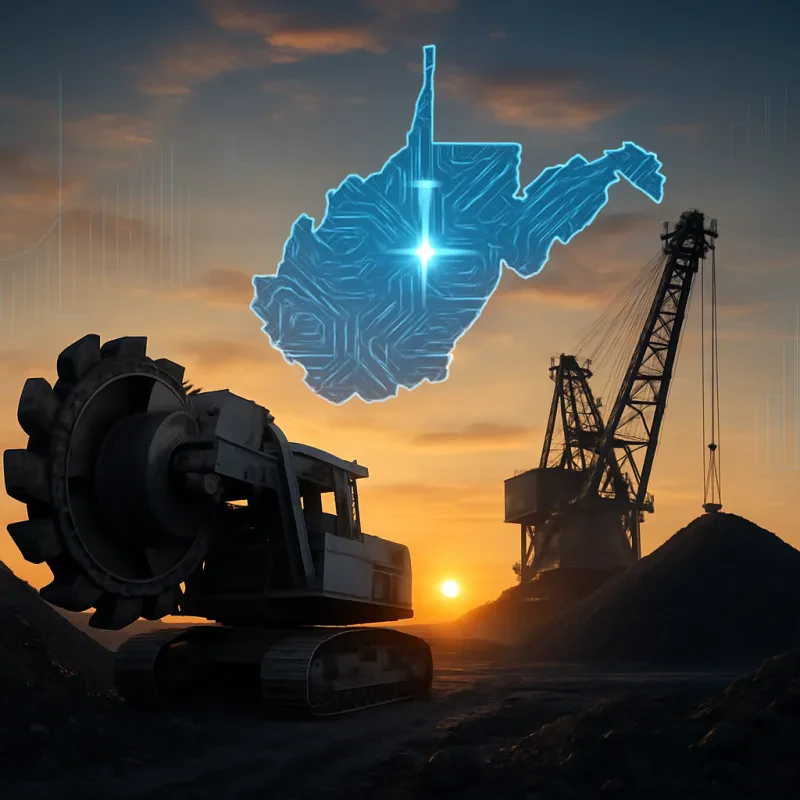When we talk about how is coal mining dangerous, it’s essential to highlight the risks miners face daily. Working in underground tunnels means miners are exposed to various hazards that can affect their health and safety in profound ways.
One of the main dangers is exposure to coal dust. As miners dig, fine particles get into the air they breathe. Over time, this can lead to serious lung diseases like black lung, or pneumoconiosis, which is a big concern in the coal mining community. It’s a silent but dangerous risk that can be hard to spot until it’s too late.
In addition to lung issues, there's also the ever-present risk of accidents. Miners work with heavy machinery, and even a small mistake can lead to dangerous situations. Cave-ins, equipment failures, and slips are just a few incidents that can happen on the job. These accidents can result in injuries that range from minor to life-threatening.
Another factor to consider is the psychological impact of this line of work. Miners often deal with high-stress environments and long hours, leading to fatigue and mental health struggles. The combination of physical danger and stress can take a significant toll on a miner's overall well-being.
Understanding these risks is crucial for improving safety measures and protecting miners' health. By raising awareness about how is coal mining dangerous, we can advocate for better practices and support for those working in this challenging industry.
- Environmental Impact of Coal Mining
Coal mining poses significant environmental challenges that can affect both the landscape and the local ecosystems. When we think about "how is coal mining dangerous," it’s not just about the health risks to miners themselves, but also about the damage done to the land. The process often involves removing large amounts of earth, which can lead to deforestation, soil erosion, and pollution of nearby water sources.
One major issue is water pollution. Mining operations can contaminate rivers and streams with heavy metals and chemicals used during the coal extraction process. This dirty water can seriously harm fish and other aquatic life, making it risky for people who rely on these water sources for drinking or fishing.
The air quality can also suffer from coal mining. Dust clouds filled with coal particles can drift into nearby communities, affecting the health of residents and wildlife alike. Not to mention, when coal is burned for energy, it releases greenhouse gases and other pollutants that contribute to climate change and air quality issues globally.
Lastly, the disruption of the land caused by coal mining can lead to habitat destruction. Animals that rely on specific environments may be forced to relocate, often leading to decreased biodiversity. The balance of the ecosystem is thrown off, showing just how harmful coal mining can be beyond the immediate dangers associated with the mining itself.
- Safety Measures in the Mining Industry
When we talk about how is coal mining dangerous, it’s essential to highlight the safety measures that are put in place to protect workers. Coal mining can be risky, but these measures are designed to keep everyone safe while they work underground.
One of the first things to consider is the use of personal protective equipment (PPE). This includes hard hats, gloves, and boots. Wearing the right gear can prevent injuries from falling objects and provide protection against hazardous materials. Additionally, miners often wear respiratory masks to guard against dust and harmful gases that can be present in mines.
Another crucial safety measure is the constant monitoring of air quality and gas levels. Miners use special equipment to detect dangerous gases like methane, which can lead to explosions. Regular checks help ensure that any issues are spotted early, allowing workers to evacuate safely if needed.
Training is also a vital aspect of maintaining safety in the mining industry. Miners participate in safety drills and learn about emergency procedures, so they know exactly what to do if something goes wrong. This preparedness helps reduce panic and keeps everyone focused on getting to safety if an incident occurs.
Finally, technology plays a big role in improving safety standards. From advanced machinery that reduces the need for manual labor to real-time data tracking systems, these innovations help create safer working conditions. It’s all about making sure that while understanding how is coal mining dangerous, effective solutions are in place to minimize those risks.
- Accidents and Hazards in Coal Mining
Coal mining, while essential for powering many industries, comes with a variety of risks and hazards that can make it a dangerous profession. One of the most immediate dangers is the potential for accidents, such as cave-ins. These can occur unexpectedly when tunnels or mine shafts are not properly supported, posing a significant risk to workers inside. Every miner knows that a moment's inattention can lead to a tragic event.
Another major hazard in coal mining is the exposure to harmful gases, like methane and carbon monoxide. Methane can build up in the mines, leading to explosive conditions, while carbon monoxide is colorless and odorless, making it especially dangerous. Miners need to be continuously aware of air quality, and that's why ventilation systems are essential to keep everyone safe.
Additionally, coal dust is a serious concern. Prolonged exposure can lead to respiratory diseases, including coal workers' pneumoconiosis or “black lung disease.” This is a chronic condition that affects miners over time and can result in severe health issues. Protective gear and regular health screenings are crucial to mitigate these risks.
Finally, equipment-related accidents also contribute to the dangers of coal mining. Heavy machinery, like mining drills and conveyor belts, can cause injuries if not operated properly. Training and strict safety protocols are mandatory to ensure that everyone returns home safely at the end of the day. Understanding how is coal mining dangerous helps highlight the need for ongoing safety improvements within the industry.
